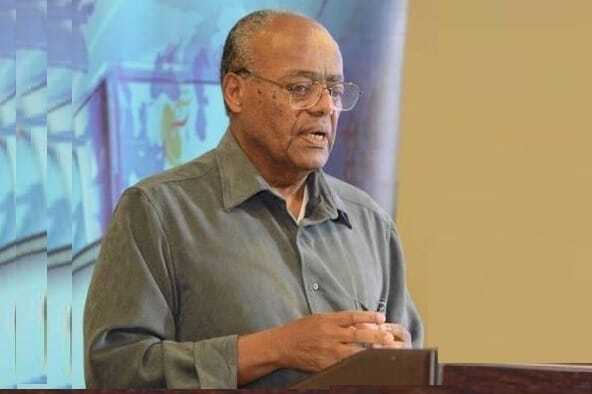Nakuru — Pastoral communities have been urged to embrace diversification of income sources as opposed to sole dependance on livestock keeping.
The renewed call is part of a campaign to improve livelihoods and enhance economic activities in Arid and Semi-Arid Lands (ASALS) in the country’s north that solely practice pastoralism.
The communities were discouraged from taking livestock keeping for prestige and culture and instead commercialise it for economic gain.
National Drought Management Authority (NDMA) Assistant Drought Information Officer in charge of Samburu, Losenge Koolik said selling livestock does not only enable communities to cater for household needs but is also a cautionary measure in case of disasters.
“Let the people learn to sell off livestock once they are mature and well fattened as they can fetch good prices in the market,” said Koolik.
His sentiments come at a time when ASALs areas are recovering from drought which is said to have been worst in the last 40 years and caused major losses of livestock and wildlife.
In Samburu, the drought caused death of 10 percent of the cattle population, 5 percent of sheep, and 2 percent each for goats and camels.
This translated to 73,880 cattle, 28,371 sheep, 14,350 goats and 1,081 camels that died between March and July 2022.
“If some animals were sold out instead of stocking too many, then owners would have some money to restock if and when disaster hit the regions,” he said.
Climate-triggered crisis
Koolik noted that climate change had worsened the shocks and disasters experienced in the ASALs areas.
He said NDMA was in the process of restocking 650 goats to members of communities who were hardly hit by drought in Waso ward.
Koolik was speaking in Maralal during the first Samburu county knowledge fair which brought together stakeholders from development sector, national and county governments, private sector, business entities and local communities among others.
The fair was aimed at enhancing learning among the participants, sharing opportunities for synergy, discussing challenges and familiarisation.
The fair whose theme was ‘strengthening community learning to increase adaptive capacity to shocks and stresses’ was facilitated by United States Agency of international Development (USAID) through the Resilience Learning Activity (RLA) program.
Samburu Deputy Governor, Gabriel Lenengwesi called on development partners to invest in the northern part of the county and leverage on the current peaceful situation.
He said Baragoi area which has been known for conflicts, cattle rustling and banditry, proliferation of illegal small arms and murders had since became a peaceful hub.
For the first time in history, Madaraka day was held in Baragoi, bringing together various communities from within and around the county.
Lenengwesi asked development partners to consider investments on sectors like health, medical services and water among others.
He termed Samburu as a conservation hub urged the rest of the counties to emulate the trend.
Area Assistant County Commissioner, George Murage termed drought, conflicts and hunger as some of the challenges that required attention in Samburu.
He said the government was ready to work jointly with relevant stakeholders to address these challenges.










